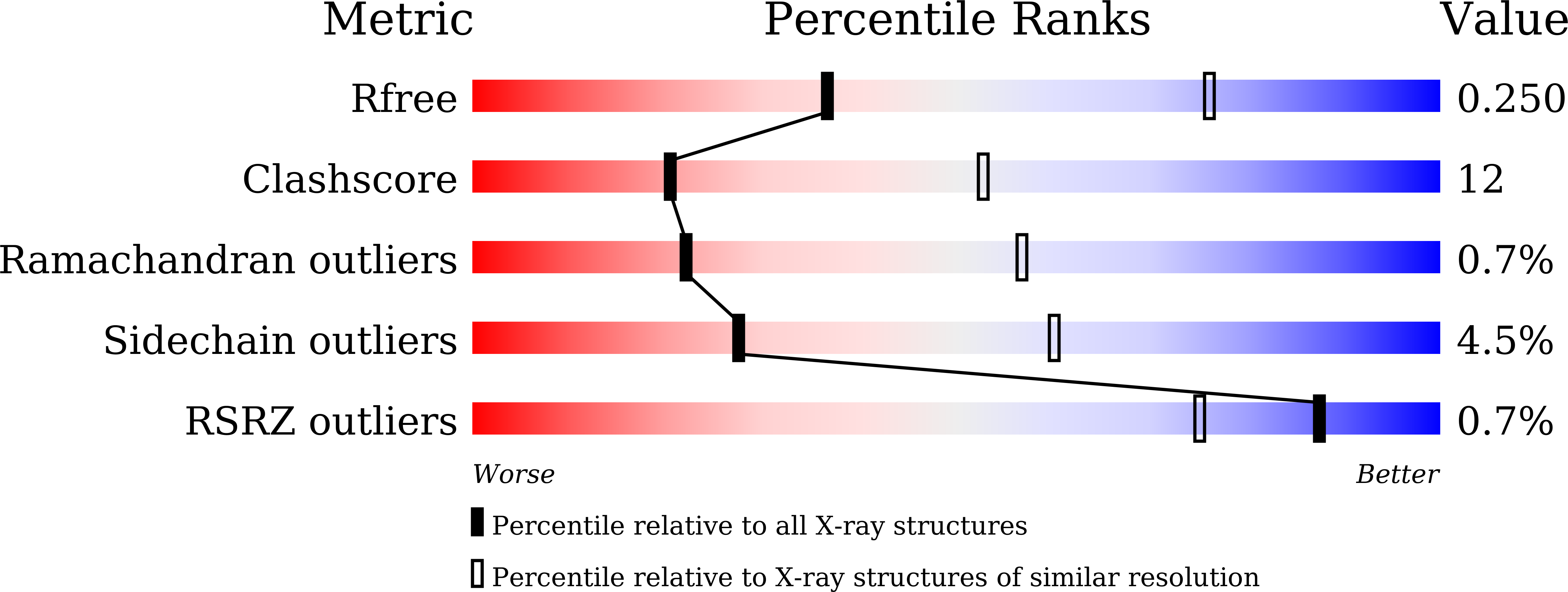
Deposition Date
2020-11-05
Release Date
2021-09-15
Last Version Date
2023-11-29
Entry Detail
PDB ID:
7DEV
Keywords:
Title:
Crystal Structures of Anthocyanin 5,3'-aromatic acyltransferase from Gentiana triflora
Biological Source:
Source Organism:
Gentiana triflora (Taxon ID: 55190)
Host Organism:
Method Details:
Experimental Method:
Resolution:
3.10 Å
R-Value Free:
0.25
R-Value Work:
0.19
R-Value Observed:
0.19
Space Group:
I 2 2 2


